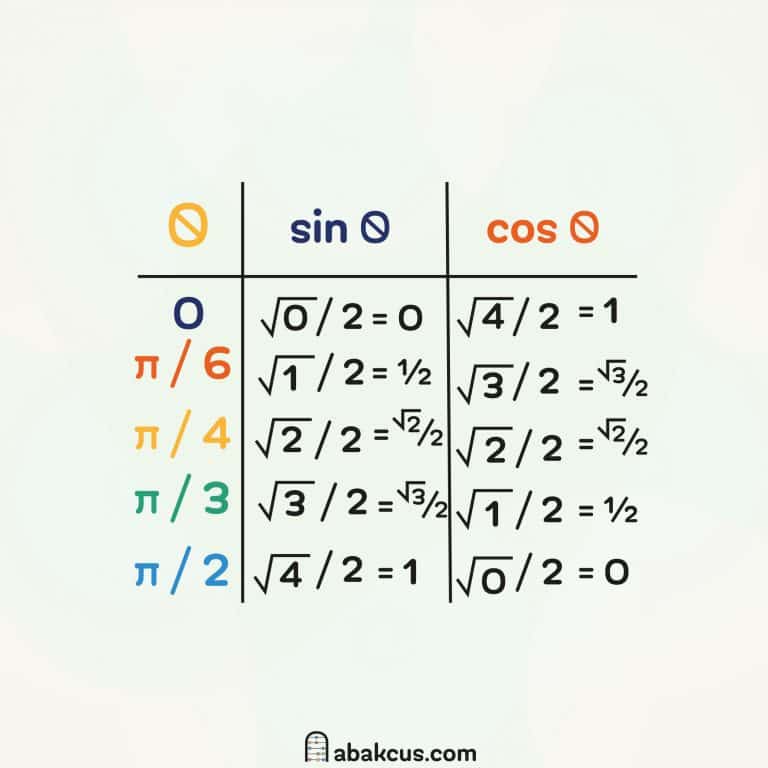Many students ask, what is range in math and why does it matter? The answer is simple: range shows how spread out the values in a set are. It’s one of the easiest concepts to learn, but it also connects to bigger ideas such as functions, data sets, and statistics. By the end of this article, you’ll understand what is the range in math, see different formulas, and practice with examples.
Basic Definition of Range
So, what is a range in math? The definition is straightforward. The range is the difference between the highest and lowest values in a data set. If your numbers are 2, 5, 8, and 10, then the range equals 10 − 2 = 8. That’s it.
Here’s a quick step-by-step method:
- Arrange the numbers in order.
- Identify the maximum and minimum values.
- Subtract the minimum from the maximum.
This process answers the question: what is the definition of range in math in the clearest way possible.
Range in Functions
Many students also wonder: what is range in math x or y? In functions, the input values are called x (the domain), and the output values are called y (the range).
Think of a function like f(x) = x². No matter what number you input, the outputs (y) are never negative. That means the range is y ≥ 0.
So, what is domain and range in math?
- Domain: all possible x values (inputs).
- Range: all possible y values (outputs).
Understanding the difference helps in algebra, calculus, and beyond. If you’re writing assignments about this and find it overwhelming, you might even think, I wish someone could write my essay for me — and that’s where student services often come in handy.
Examples of Range in Math
To make things clear, let’s walk through a few examples:
- Simple Data Set
Numbers: 3, 7, 12, 15
Range = 15 − 3 = 12 - Negative Numbers
Numbers: −6, −3, 0, 5
Range = 5 − (−6) = 11 - Function Example
f(x) = 2x + 1
Since x can be any real number, the range is all real numbers too.
These quick cases show what is a range in math in different contexts.
What Is Interquartile Range in Math?
While the simple range looks at the gap between the smallest and largest numbers, the interquartile range (IQR) is more focused. Students often ask, what is interquartile range in math or what is the interquartile range in math.
The IQR measures the spread of the middle 50% of the data. It’s calculated as:
IQR = Q3 − Q1
Where:
- Q1 = first quartile (25th percentile)
- Q3 = third quartile (75th percentile)
So, what is a interquartile range in math or what is an interquartile range in math? It’s simply the difference between these two quartiles. This gives a clearer picture when data has outliers or extreme values.
Table: Range vs. Interquartile Range
| Measure | Formula | What It Shows |
| Range | Max − Min | Overall spread of the data |
| Interquartile Range (IQR) | Q3 − Q1 | Spread of the middle half of the data set |
This table sums up the difference between the two measures.
Range in Word Problems
Sometimes math questions put range in a story. For example:
“A football team earns 3 points for every win.”
- Function: P(w) = 3w (P = points, w = wins).
- Since a team can’t win negative games, w ≥ 0.
- The range is all multiples of 3 greater than or equal to 0.
This shows how the concept applies beyond pure numbers.
Why Range Matters
Knowing what is range in math helps in statistics, data analysis, and real-life problem solving. It shows how spread out values are. Paired with averages, it gives a clearer picture of a data set. If you’re comparing test scores, salaries, or sports results, the range gives quick insight into variation.
Final Words
So, what is the range in math? It’s the gap between the lowest and highest values. Simple, but powerful. In functions, it’s the possible y values. With quartiles, it’s about the middle spread of data. From basic subtraction to what is domain and range in math to what is interquartile range in math, these concepts help describe how numbers behave. Practice with sets, functions, and problems to make the idea stick.
FAQs
Q1: What is range in math in simple terms?
It’s the difference between the largest and smallest number in a set.
Q2: What is the range in math x or y?
x values are the domain, y values are the range.
Q3: What is the interquartile range in math?
It’s Q3 − Q1, showing the spread of the middle 50% of values.
Q4: What is domain and range in math?
Domain = inputs (x values), Range = outputs (y values).
Q5: Why is range important in statistics?
It shows how spread out or consistent data is, giving context to averages.







